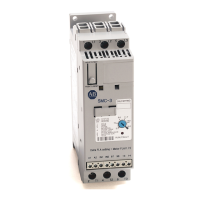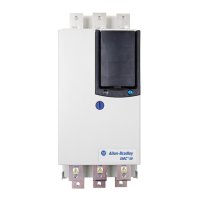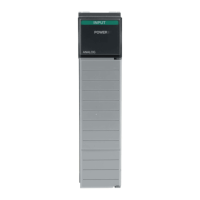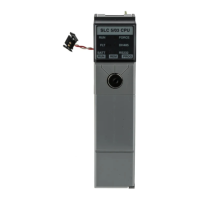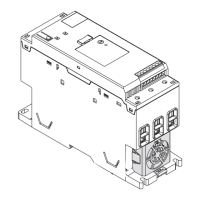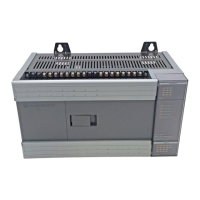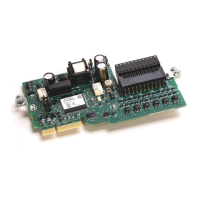Common attributes for Motion instructions
Rockwell Automation Publication MOTION-RM002H-EN-P-February 2018 673
Follow the guidelines in this topic for Math Status Flags.
Description
Controllers Description
CompactLogix 5380,
CompactLogix 5480,
ControlLogix 5580, Compact
GuardLogix 5380, and
GuardLogix 5580 controllers
A set of Math Status Flags for accessing directly with instructions. These flags are only updated in ladder diagram
routines, and are not tags, and flag aliases are not applicable.
CompactLogix 5370,
ControlLogix 5570, Compact
GuardLogix 5370, and
GuardLogix 5570 controllers
A set of Math Status Flags for accessing directly with instructions. These flags are updated in all routine types, but
are not tags, and flag aliases are not applicable.
Status Flags
Status Flag Description
(For CompactLogix 5380, CompactLogix 5480, ControlLogix
5580, Compact GuardLogix 5380, and GuardLogix 5580
controllers)
Description
(For CompactLogix 5370, ControlLogix 5570, Compact GuardLogix
5370, and GuardLogix 5570 controllers)
S:FS
First scan flag
The first scan flag is set by the controller:
• The first time a program is scanned after the controller goes to
Run mode
• The first time a program is scanned after the program is
uninhibited
• When a routine is called from an SFC Action and the step that
owns that Action is first scanned.
Use the first scan flag to initialize data for use in later scans. It is also
referred to as the first pass bit.
The first scan flag is set by the controller:
• The first time a program is scanned after the controller goes to Run
mode
• The first time a program is scanned after the program is uninhibited
• When a routine is called from an SFC Action and the Step that owns that
Action is first scanned.
Use this flag to initialize data for use in later scans. It is also referred to as
the first pass bit.
S:N
Negative flag
The controller sets the negative flag when the result of a math or
logical operation is a negative value. Use this flag as a quick test for a
negative value.
The controller sets the negative flag when the result of a math or logical
operation is a negative value. Use this flag as a quick test for a negative
value.
Using S:N is more efficient than using the CMP instruction.
S:Z
Zero flag
The zero flag is set by the controller when the result of a math or
logical operation is zero. Use this flag as a quick test for a zero value.
The zero flag clears at the start of executing an instruction capable of
setting this flag.
The controller sets the zero flag when the result of a math or logical
operation is zero. Use this flag as a quick test for a zero value.

